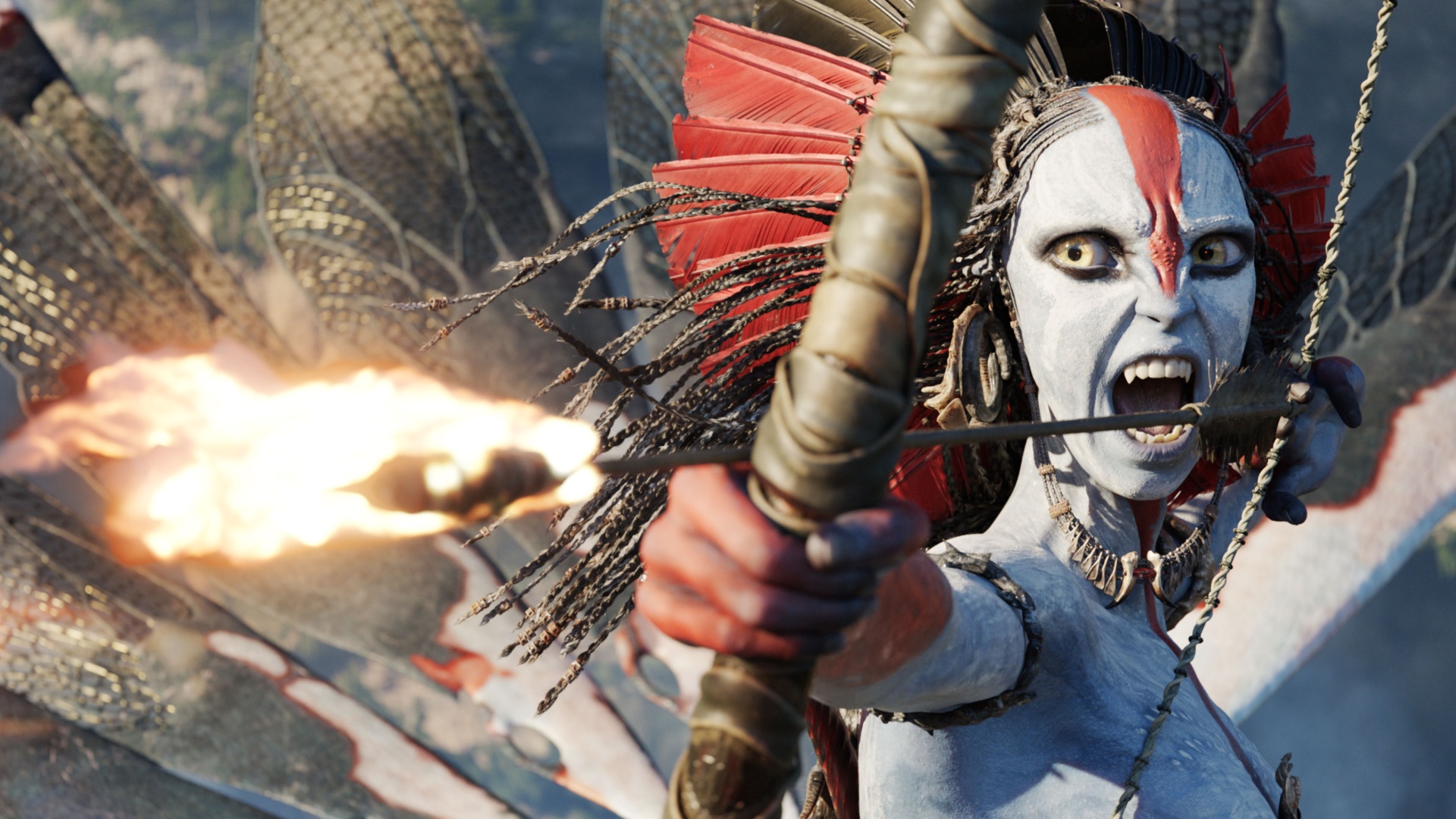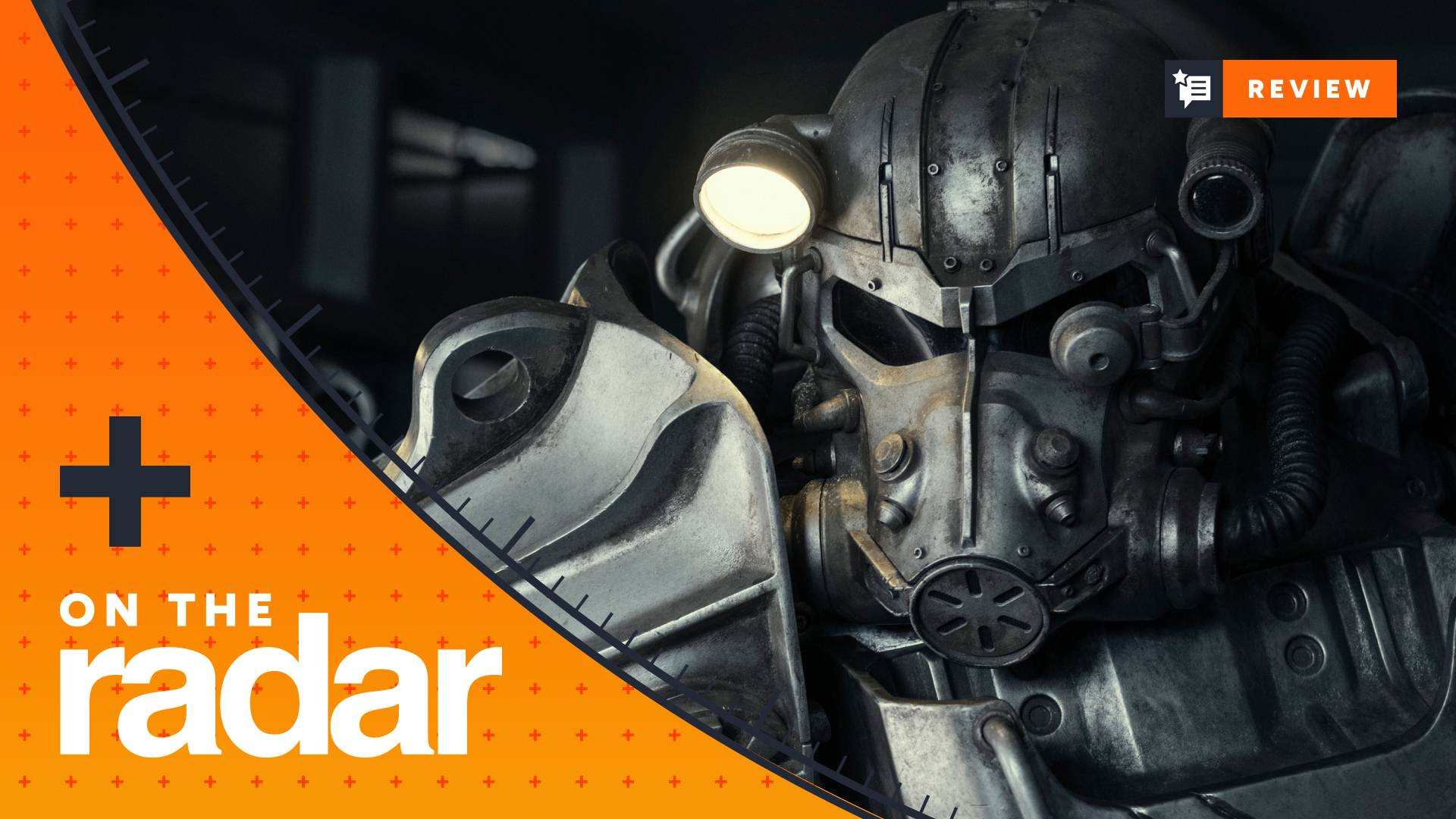Top 7... Definitive MGS moments
We recount the seminal action-stealth series
4)Dramatic cutscenes
For as long as people could remember prior to 1998, most games presented story through in-game engines and long dialogue exposition that needed to be cycled through with a button tap. Metal Gear Solid was one of the first games to usher in the “cinematic cutscene” with unprecedented production values, camera angles straight from a high-end blockbuster action film and (!) strong voiceover work that didn’t cause nausea. Plus, it’s totally like playing a movie.
Soon, other games, undoubtedly influenced by MGS and seemingly impotent on how to tell an involving narrative, began employing cinematic cutscenes to an almost disturbing effect. Metal Gear Solid 2 continued the trend with higher quality visuals and even more story for you to watch - not play. This proved troublesome, as it soon distanced fans after the umpteenth time the controller was put down for a twenty minute-plus static Codec conversation. After only a few years, the common model for games grew to be: play from Point A to Point B, put down the controller for the cinematic and then continue playing.
Far fewer exposition-centric cutscenes were used in MGS3, either due to fan backlash from MGS2 or because Kojima realized people actually wanted to “play” a game. You can see how in recent years, games like Resident Evil 4 or Gears of War try to give you something to do during a story segment, either through interactive button-presses or exposition while you’re playing the game, something that Half-Life started doing in 1998 (the year MGS debuted). An innovation then has now become one of gaming’s top clichés.
For as long as people could remember prior to 1998, most games presented story through in-game engines and long dialogue exposition that needed to be cycled through with a button tap. Metal Gear Solid was one of the first games to usher in the “cinematic cutscene” with unprecedented production values, camera angles straight from a high-end blockbuster action film and (!) strong voiceover work that didn’t cause nausea. Plus, it’s totally like playing a movie.
Soon, other games, undoubtedly influenced by MGS and seemingly impotent on how to tell an involving narrative, began employing cinematic cutscenes to an almost disturbing effect. Metal Gear Solid 2 continued the trend with higher quality visuals and even more story for you to watch - not play. This proved troublesome, as it soon distanced fans after the umpteenth time the controller was put down for a twenty minute-plus static Codec conversation. After only a few years, the common model for games grew to be: play from Point A to Point B, put down the controller for the cinematic and then continue playing.
Far fewer exposition-centric cutscenes were used in MGS3, either due to fan backlash from MGS2 or because Kojima realized people actually wanted to “play” a game. You can see how in recent years, games like Resident Evil 4 or Gears of War try to give you something to do during a story segment, either through interactive button-presses or exposition while you’re playing the game, something that Half-Life started doing in 1998 (the year MGS debuted). An innovation then has now become one of gaming’s top clichés.
Weekly digests, tales from the communities you love, and more


